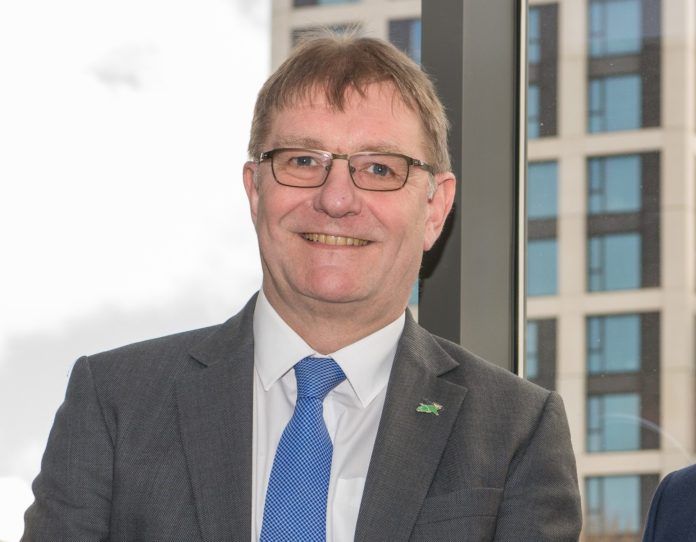
Colmore Tang Construction has announced that it has launched a cladding remediation service that provides a complete solution for building owners, managing agents and surveyors seeking to replace dangerous, non-compliant cladding.
Drawing on its experience of delivering high-rise residential dwellings, the contractor has developed a comprehensive approach to cladding remediation and passive fire protection that enables a fully-audited, designed and delivered service that provides compliance, cost and quality assurance.
Colmore Tang Construction’s dedicated cladding remediation service has been launched in light of the ongoing and public cladding debate, which rose to prominence after the Grenfell Tower disaster in 2017.
It is estimated that there are around 2,000 residential buildings that are still enveloped in high-risk, combustible cladding. The UK government launched its Building Safety Fund in May 2020 – a £1 billion support package designed to help building owners with the removal and replacement of unsafe cladding systems, and plans to have all remedial work in England completed by the end of 2021.
By drawing on its established supply chain, Colmore Tang Construction will provide the full remediation process from initial fire assessment and design, to project management, tax advice and delivery. It is also able to advise owners accessing the government’s Building Safety Fund.
Deliver fire safe cladding
Colmore Tang’s experience of delivering new buildings – as well as reengineering existing buildings under permitted development – gives it a unique understanding of the design complexities, supply chain requirements, risk management and audit trail needed to deliver fire safe cladding and EWS1-compliant properties.
The company also offers a building insurance solution to its clients, having worked closely with insurers to create a latent defects warranty that is handed to building owners upon completion.
Steve Underwood, chief operating officer at Colmore Tang Construction, said: “Nobody should have to live in an unsafe building. Through conversations we have had with building owners, managing agents and even cladding manufacturers, it’s clear that the complexities in cladding remediation are slowing down the ability to get this vital work done. The government’s target is also mounting pressure on building owners, who are being encouraged to complete all works before mandatory new legislation is introduced.
“Lots of specialist contractors don’t operate at the scale required to fulfil many of these projects, leaving clients struggling to engage with consultants when looking for a solution. That’s why we’re doing what we know best – tall, high-density residential buildings. We’re bringing together the moving parts to create a single cohesive product. Furthermore, we provide a fully-auditable digital record of the whole process ensuring that the ‘golden thread’ – as described in Dame Judith Hackett’s Grenfell recommendations – is delivered along with a comprehensively-insured end product.”
Steve continued: “To date, we have delivered over 3,500 apartments from both new and existing buildings. This re-engineering expertise has given us the knowledge and supply chain to remediate unsafe cladding on behalf of third-party owners and agents. We’re working with a small cross section of our supply chain to keep the process simple and accountable. These suppliers not only have the right experience, they also hold the relevant qualifications and accreditations to deliver a compliant scheme in line with the new legislation that will be brought in by the Fire Safety Bill next year.”
Colmore Tang Construction has also launched a dedicated EWS1 support hub for occupants of unsafe buildings. The hub intends to educate residents and leaseholders on the purpose of the EWS1 form; why unsafe cladding might prevent the sale of their properties; and how to encourage freeholders to find an appropriate solution.
Steve concluded: “Residential leaseholders are, understandably, becoming anxious and increasingly impatient. Without an appropriate EWS1 form, homeowners are often unable to sell their homes, and most lenders won’t offer mortgages. There is growing frustration with agents and owners, not taking swift enough action to remediate their buildings. This is where we want to step in and help, by providing clients with a single point of contact and taking the hassle out of making buildings safe.”
1 HCLG Select Committee report on cladding remediation, June 2020.
https://www.housing.org.uk/news-and-blogs/news/hclg-select-committee-report-cladding-remediation/



